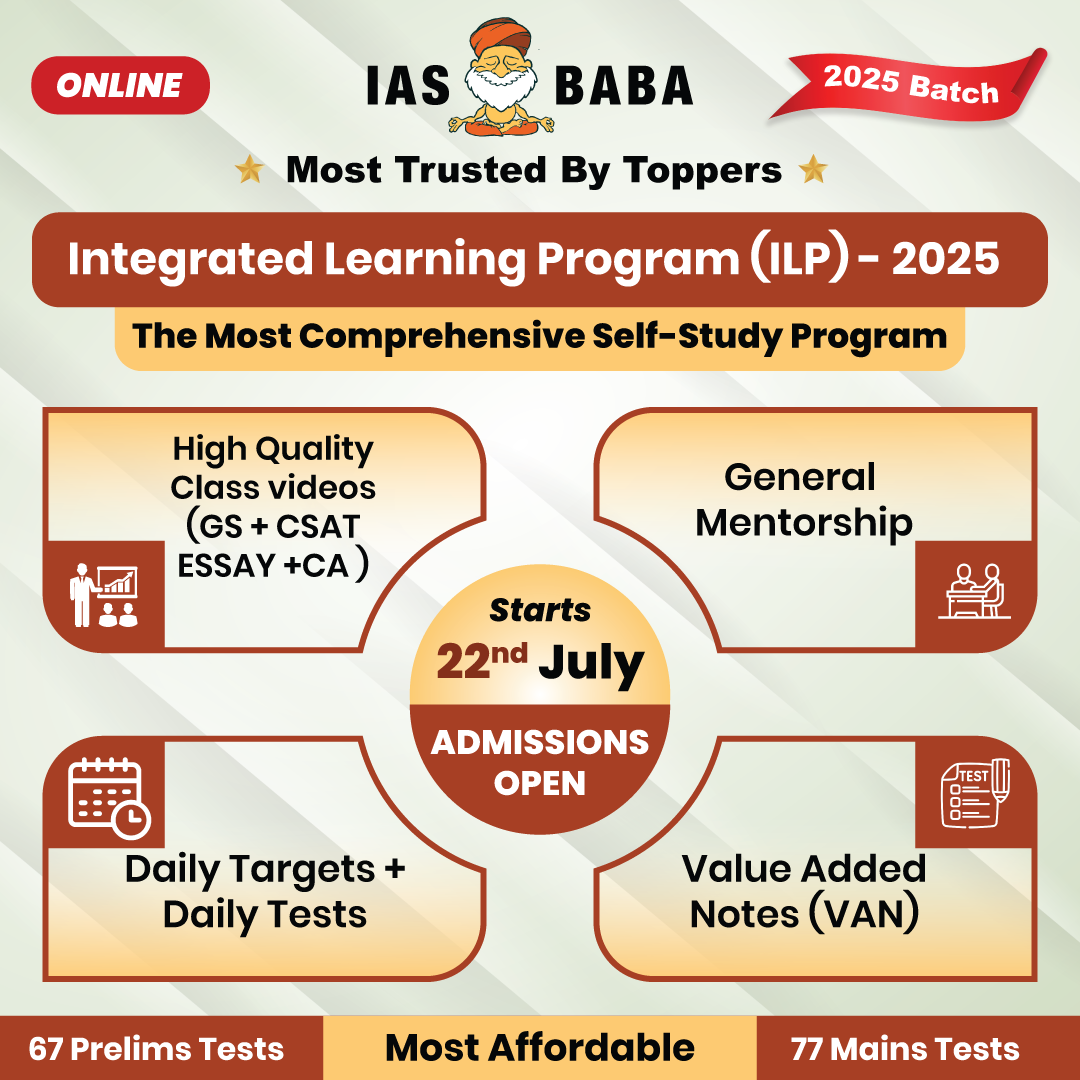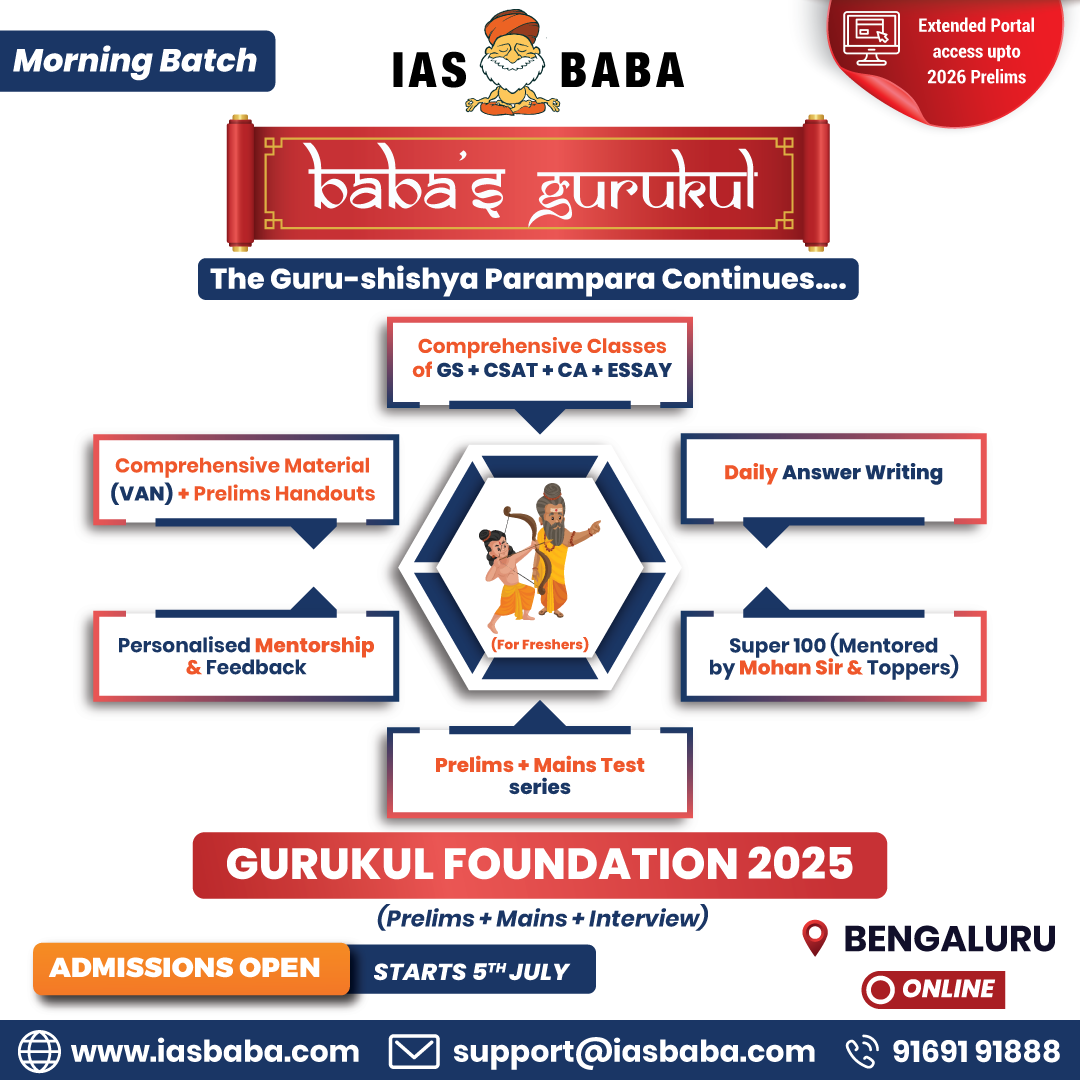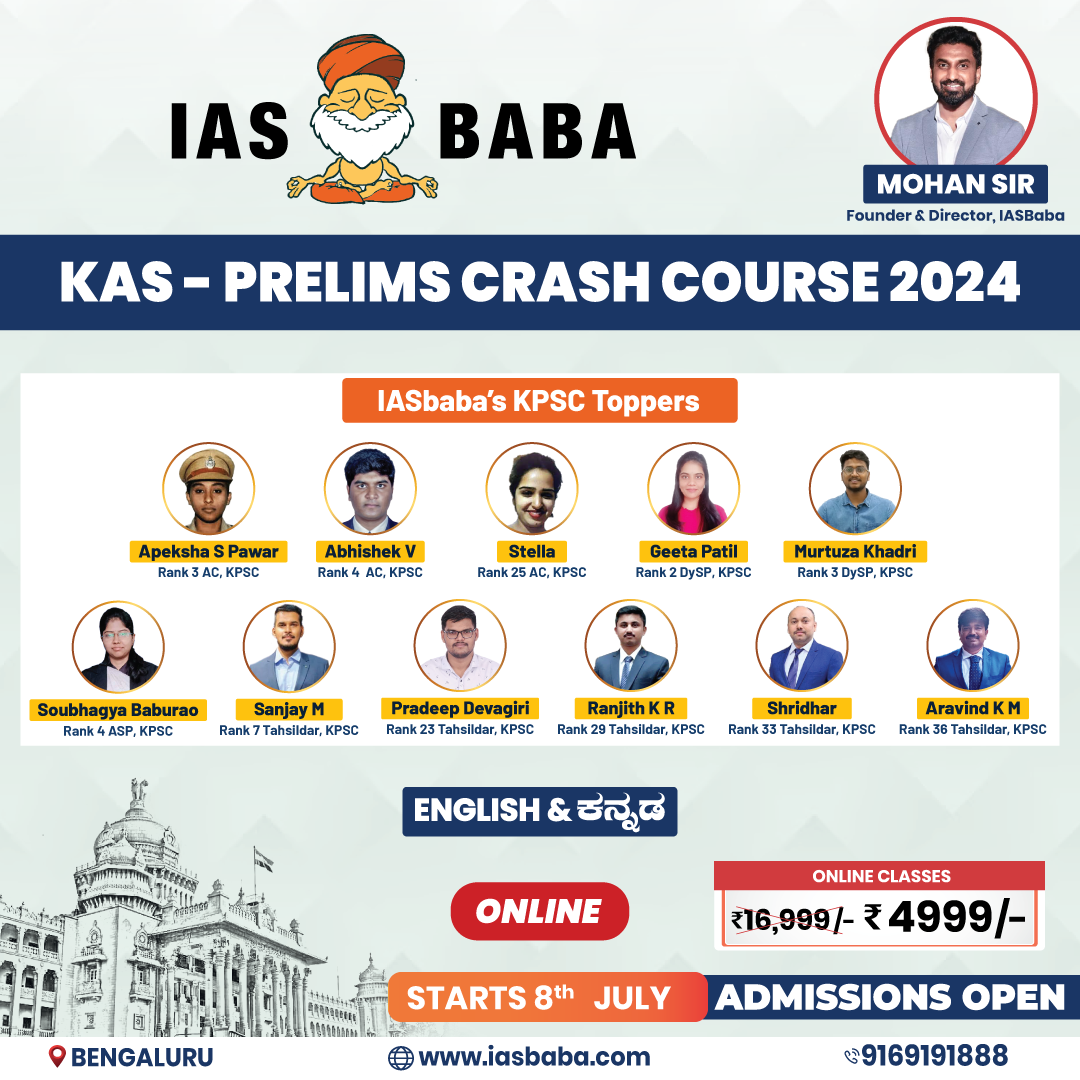UPSC Articles
Five technologies recommended in Drinking Water and Sanitation to provide Field Level Solutions to the States
Part of: GS Prelims and GS-II – Policies and Interventions & GS-III – Sci & Tech
In news
- A multi-disciplinary Technical Committee in the Department of Drinking Water and Sanitation, Ministry of Jal Shakti has recommended five technologies in Drinking Water and Sanitation to provide Field Level Solutions to the States.
- The Ministry of Jal Shakti gives importance to the infusion and deployment of innovative technological solutions to realize the objective of the Jal Jeevan Mission to provide Functional Household Tap Connection to every rural home by 2024.
Key takeaways
- The first technology recommended is Grundfos AQpure, a solar energy based water treatment plant based on ultra-filtration.
- The Second is Janajal Water on Wheel, an IoT based electric vehicle based on GPS location to enable delivery of safe water to the doorstep of households.
- Another technology is Presto Online Chlorinator, a non-electricity dependent online chlorinator for disinfection of water for removal of bacterial contamination.
- Johkasou technology recommended is an inbuilt sewage and Kitchen and bath water treatment system having advanced anaerobic-aerobic configuration that can be installed underground.
- The last innovative technology is FBTec®, a site assembled in a decentralised sewage treatment system using fixed filter media.
Important value additions
Jal Jeevan Mission
- It envisages supply of 55 litres of water per person per day to every rural household through Functional Household Tap Connections (FHTC) by 2024.
- It focuses on integrated demand and supply-side management of water at the local level.
- Creation of local infrastructure like rainwater harvesting, groundwater recharge and management of household wastewater for reuse, would be undertaken in convergence with other government programmes/schemes.
- It is based on a community approach to water and includes extensive Information, Education and Communication as a key component of the mission.
- Funding Pattern: The fund sharing pattern between the Centre and states is 90:10 for Himalayan and North-Eastern States, 50:50 for other states, and 100% for Union Territories.













